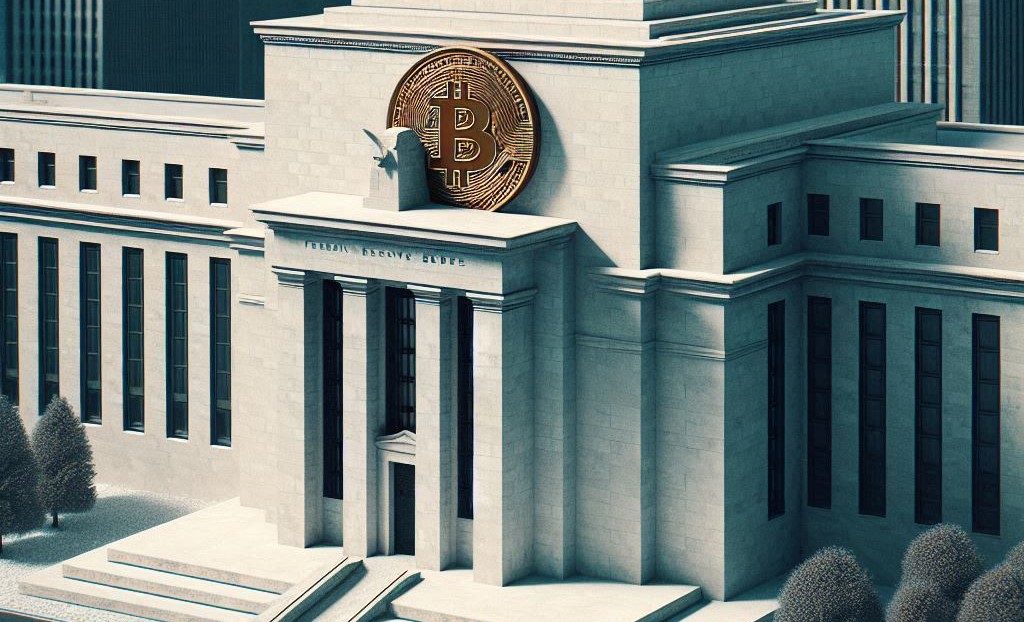The last comparable rally in overnight repurchase transactions was recorded in 2019.
Given the lack of capital available in dollars, many investors turn to bitcoin (BTC).
Banks increased their overnight repo operations with the Federal Reserve (FED) to $29.4 billion, the highest daily level in almost five years. The aforementioned is a method that the FED uses to inject short-term liquidity into the system, which could affect bitcoin (BTC).
These maneuvers consist of operations in which the FED provides liquidity in exchange for collateral – such as agency-backed mortgage securities, T-bills, T-notes, T-bonds, among others -, with repurchase the next day. A jump of this magnitude reflects a real and growing demand for liquidity in the money markets, a sign of tension in the financial system.
Open market operations (overnight repos in English) search adjust the amount of reserves in the banking system and keep the federal funds rate—the interest that banks charge each other for overnight loans—within the range established by the Federal Open Market Committee (FOMC). The latter is the FED body in charge of making decisions on monetary policy.
Since 2019, the FED has normalized the use of repos as a liquidity tool, complementing the so-called Quantitative Easing method; That is, the group purchases large amounts of financial assets to inject liquidity into the economy, reduce long-term interest rates and stimulate investment.
Nevertheless, the last similar peaks were recorded in the third and fourth quarters of 2019. The entity led by Jerome Powell had to intensify its interventions in 2020 to contain pressures on the financial system.
Today, this phenomenon is repeated days after the FED, as reported by CriptoNoticias, cut interest rates by 25 basis points and adopted a moderately restrictive tone regarding future expectations.
Although Powell assured that there is no guarantee of further cuts and that the FED will remain “flexible” based on economic data, the figures could catch the attention of specialists, since market counterparts are borrowing record amounts of money.


FED maneuvers will affect bitcoin
In similar contexts, a sector of investors have turned to bitcoin as a hedge, although there is no direct causal relationship.
It is worth noting that the creation of Satoshi, with its supply limited to 21 million units and its independence from central banks, for many It works as a solid refuge from uncertainty.
As points out the analyst known in X under the pseudonym Bull Theory:
«The cryptocurrency market has not yet reacted because confidence remains low after the October crash and large investors are undoing their losses. But this is precisely what the early phases of liquidity look like: silent, restless, but full of potential energy. Whenever the Federal Reserve faces a funding shortage, it opts for liquidity. And when liquidity returns, bitcoin will follow,” commented Bull Theory.
For his part, another market analyst in the same This macroeconomic context explains precisely why the decentralized model of cryptocurrencies is more attractive during the instability of traditional finance.
Besides, Abrupt movements by the FED tend to generate volatility in traditional marketsan effect that historically is also reflected in digital assets. Although there is no automatic relationship, when US banks face liquidity constraints and the FED intervenes to compensate, BTC tends to attract investment flows as a possible hedge against pressure on the dollar.
At the time of writing, bitcoin is trading around $110,000. If they have it, the effects of this injection of liquidity will act in a delayed manner on the price.






Leave a Reply